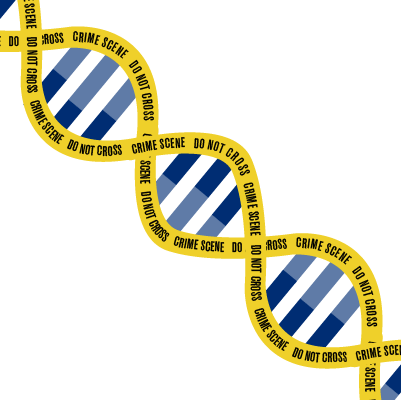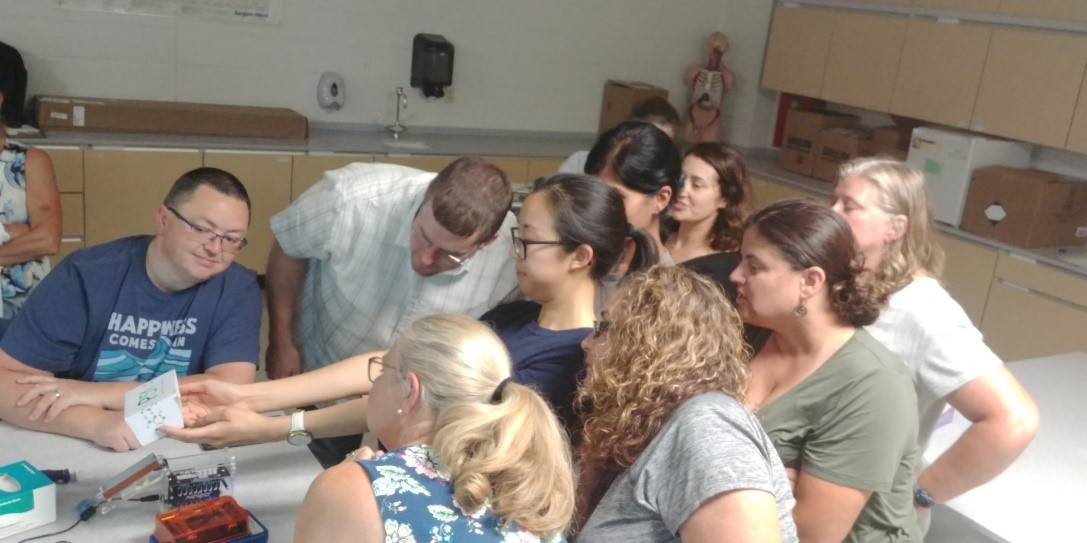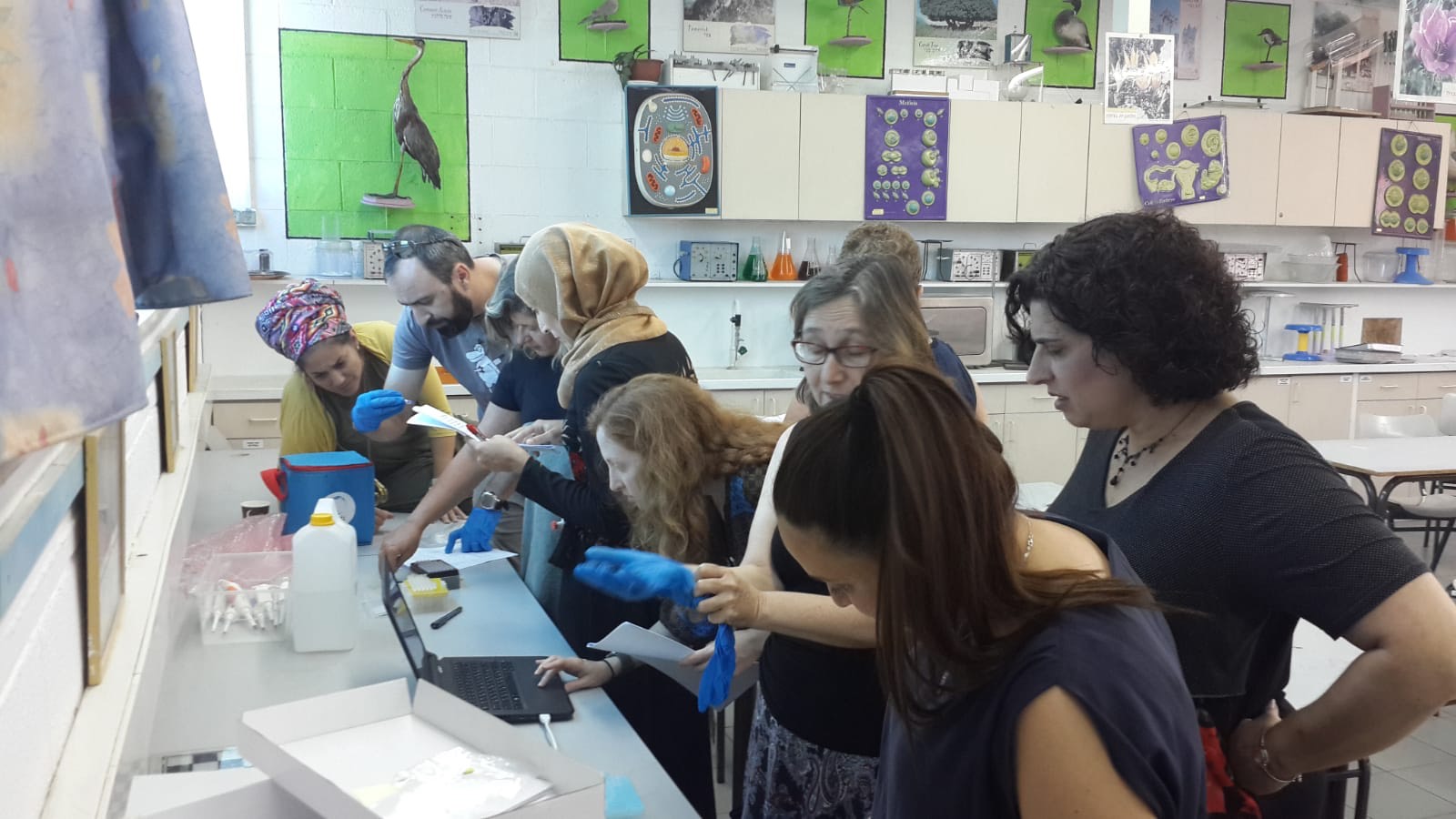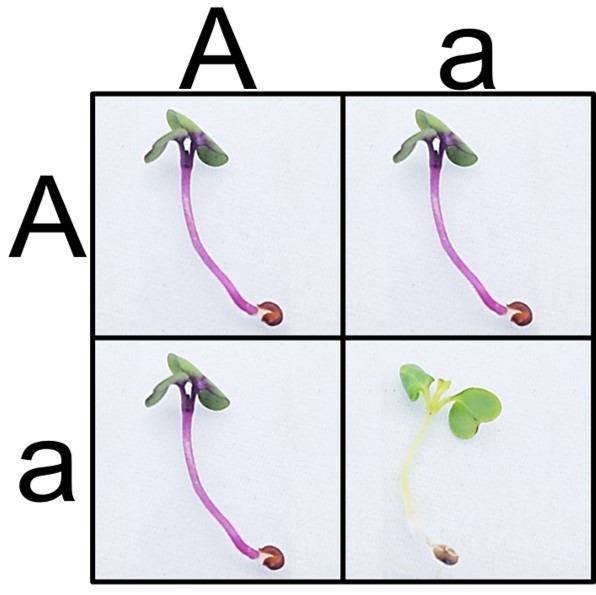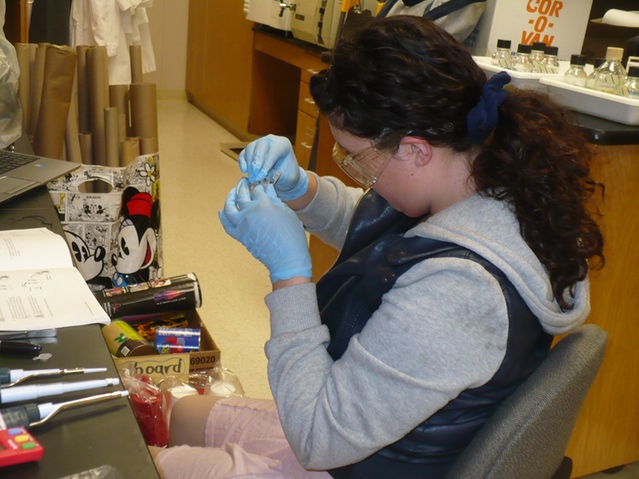PCR and electrophoresis labs for forensic science classes
Over the past several years, forensics has become a go-to science elective, sure to engage science nerds and avowed nonscientists alike. And what’s not to love? Forensics is a great way to acquaint students with the real-life tools professionals use to solve scientific problems, including biotechnology.
To help you introduce your students to the biology tools in the forensic scientist’s toolkit, we offer a full lineup of forensics labs for learners across the spectrum:
- Electrophoresis Forensics Lab: Wrongfully Convicted? Prisoner J.M. has always maintained his innocence. In this lab, students use electrophoresis to explore whether new DNA evidence supports J.M.’s original conviction.
- DNA Fingerprinting Lab: Shark Attack! Shark attacks have been menacing Australian beachgoers. In this electrophoresis-only lab, students use DNA fingerprinting to determine whether a single shark is to blame.
- Crime Lab: Missy Baker Missing. A local baker has gone missing! In this lab, students use PCR and electrophoresis to test DNA evidence found in two suspects’ cars. The victim has cystic fibrosis, a genetic condition that students will see evidence of in her DNA.
- Forensics Lab: Analysis of the D1S80 VNTR. A crime has occurred in your classroom! Your students will use PCR and electrophoresis on their own DNA to try and clear their names.
So which one is right for you? That depends on who your students are and how much time you can devote to a lab. Let us break it down for you:
| Wrongfully Convicted? | Shark Attack! | Missy Baker Missing | Analysis of the D1S80 VNTR | |
|---|---|---|---|---|
| Time commitment | 1 45-minute class period | 1 45-minute class period | 2 45-minute class periods or 1 90-minute block | 2 45-minute class periods or 1 150-minute block |
| Techniques | Gel electrophoresis | Gel electrophoresis | PCR, gel electrophoresis | DNA extraction, PCR, gel electrophoresis |
| Pros |
|
|
|
|
| Cons |
|
|
|
|
